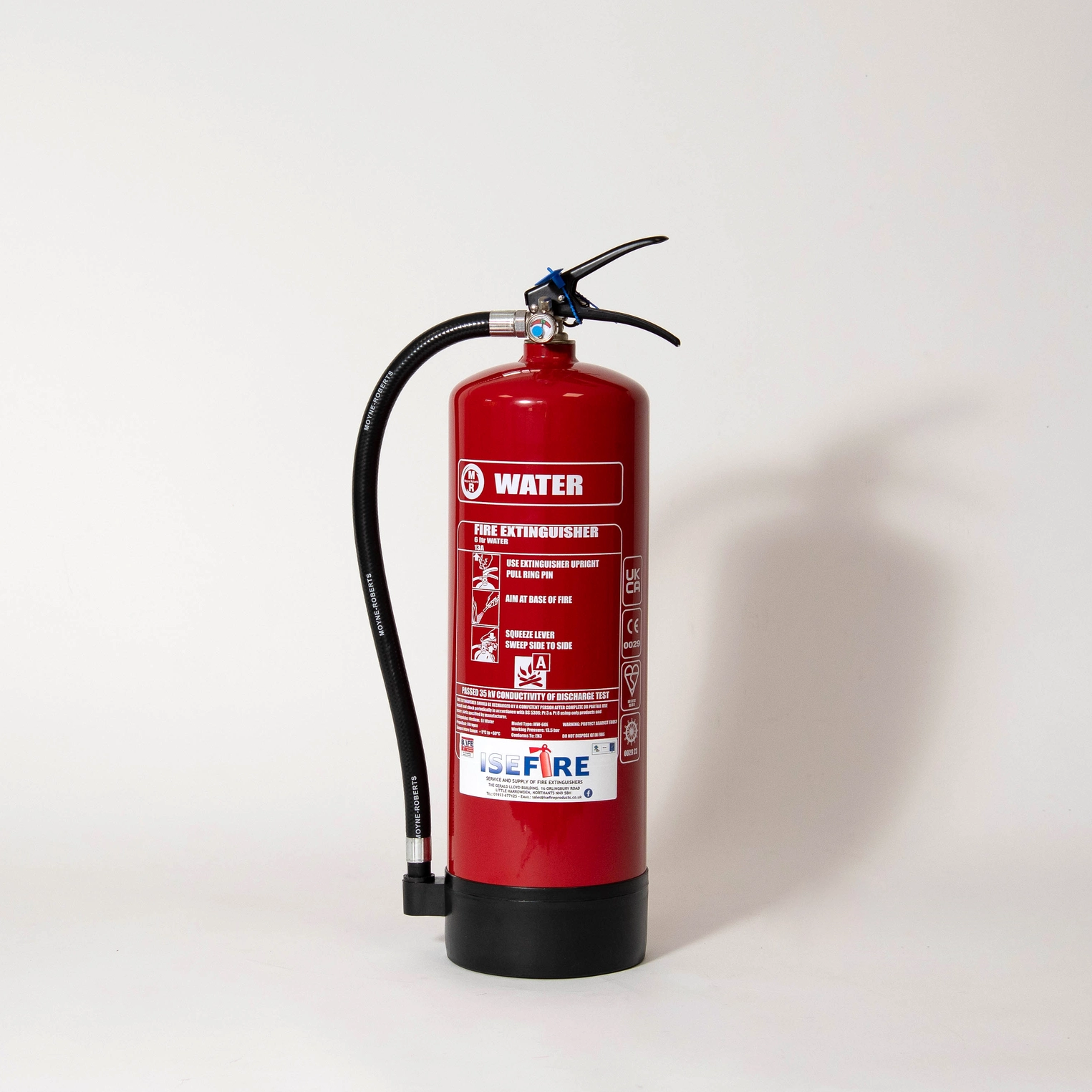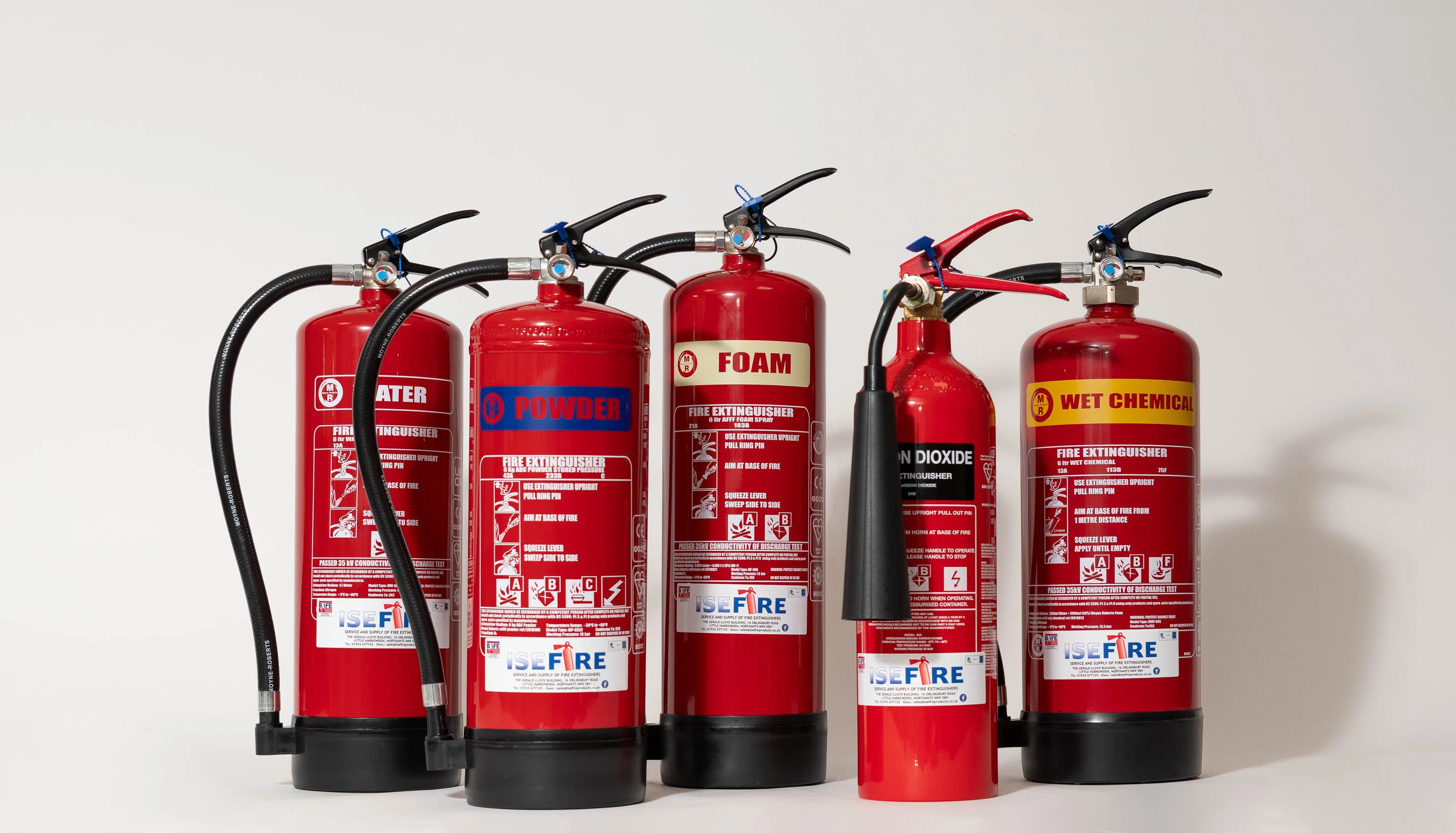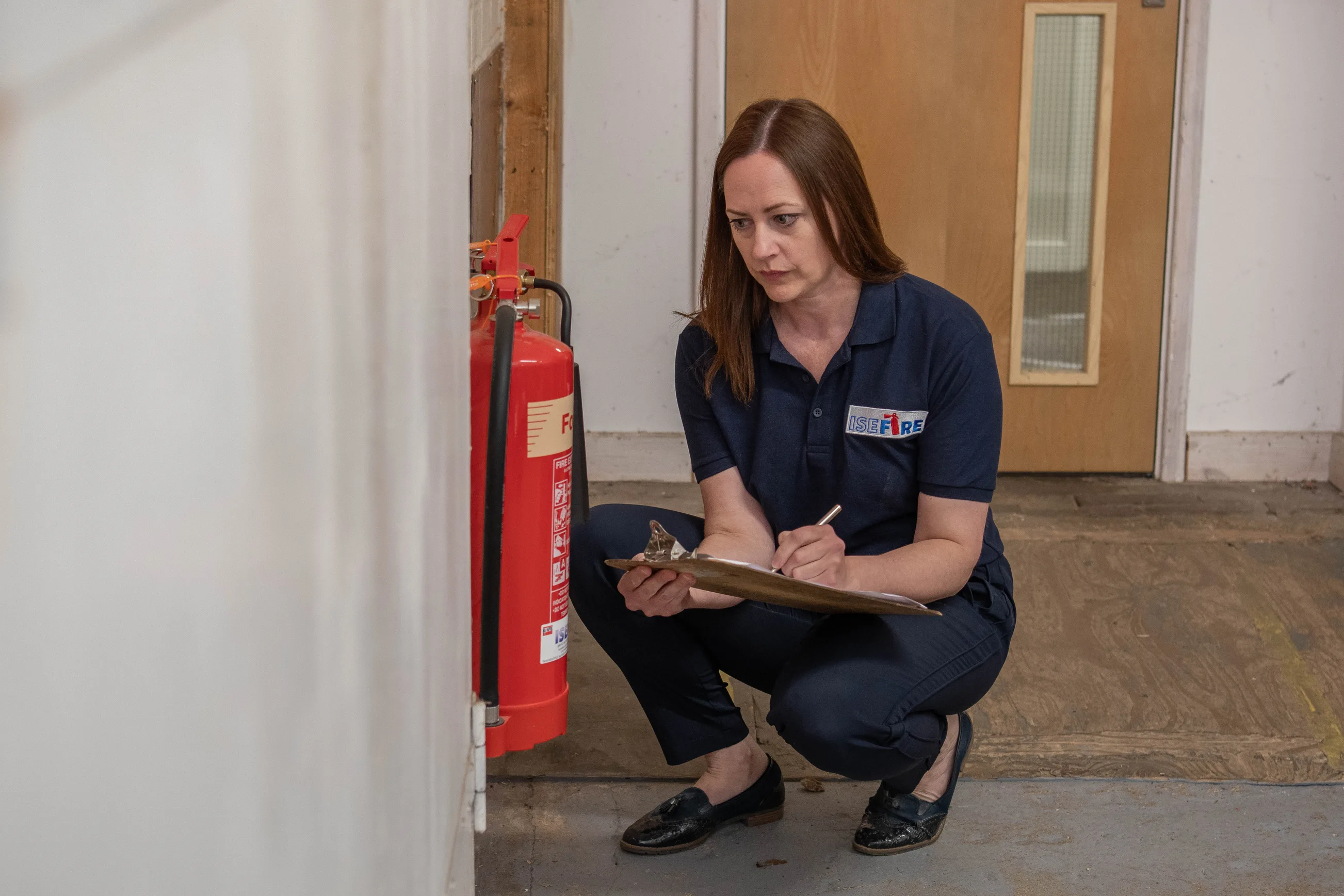Who is responsible for using a fire extinguisher?

To adhere to fire safety legislation, every owner or employer of a business premises is accountable for fire safety, and fire protection. This does not mean however that the owner or employer is responsible for using a fire extinguisher on the business premises.
The person(s) responsible for using a fire extinguisher is named as an appropriate person. This person(s) must have experienced the training required in order to understand the principles of fire safety, and how to operate fire extinguishers in the case of fire.
Fire extinguishers should never be used by a person with no training.
Since different fire extinguishers are designed to extinguish different types of fires, it's essential that the person who is responsible for using a fire extinguisher is fully aware of which type to use in various situations.
Who should use fire extinguishers?
All fire safety legislation in England and Wales for non-domestic premises is covered by the Regulatory Reform (Fire Safety) Order 2005 (RRO), which states that appropriate fire-fighting equipment, including portable fire extinguishers, must be provided where there is any risk of fire.
The same regulatory reform states that the appropriate person must be given effective training to perform fire safety measures.
Only the designated appropriate person should use fire extinguishers in the event of a fire breaking out on the business premises.
When should you not use a fire extinguisher?
There are certain situations in which a fire extinguisher should not be used.
In these situations is it best to wait for the fire emergency service experts to extinguish the fire:
- The fire is too large
- There are severely high levels of smoke in the air
- The environment itself is too hot or too smoky
- The pathways to evacuation are impaired
This is because it is too dangerous for staff members to attempt to extinguish the fire.

What responsibilities do all staff have during a fire?
Key responsibilities of all staff in business premises are to ensure a fire risk assessment is carried out, and reviewed regularly. Putting in place, and maintaining appropriate fire safety measures, planning for an emergency, and providing staff information, fire safety instruction and training where appropriate.
What are the 4 RACE procedure steps in a fire?
The RACE acronym is a helpful tool in helping formulate the evacuation procedure for your business premises, minimising panic and confusion in the event of a fire emergency.
The 4 RACE steps involved in a fire evacuation plan are:
-
Remove - ensure all people inside the premises are taken to safety
-
Alert/Alarm - inform the emergency services
-
Confine/Contain - once everyone is evacuated, focus should move to containing the fire
-
Extinguish/Evacuate - staff who are trained should operate the appropriate fire extinguishers
Is it a legal requirement to service fire extinguishers?
There is a legal requirement which states that a basic fire extinguisher service is carried out once a year, as a mandatory requirement. In addition to this, it is a legal requirement to keep a permanent record of all servicing, maintenance and inspections of fire extinguishers.
UK fire extinguisher regulations recommend that extinguishers should be replaced or given an extended service/overhaul every 5 years. CO2 extinguishers should be replaced every 10 years, unless they are damaged or have been discharged.

Do you need advice on who is responsible for using fire extinguishers?
If your business needs advice on fire extinguisher cover, or you need specific advice for your business, we can arrange for one of our BAFE accredited engineers to visit your premises and carry out a free, no-obligation survey.
Index